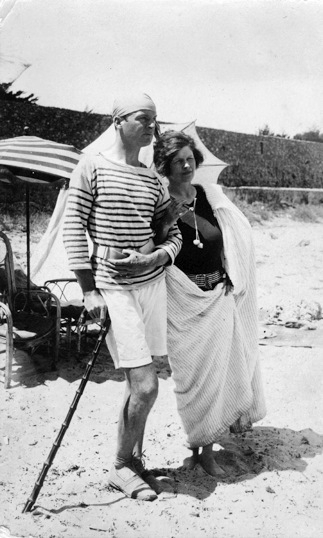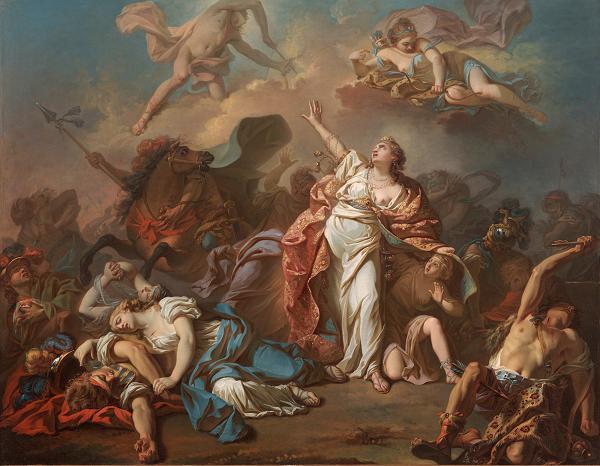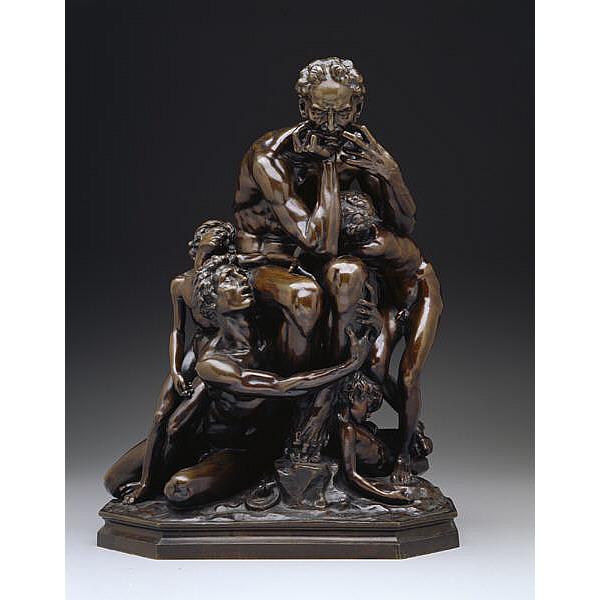Back in October, I blogged about the Beat Generation and Abstract Expressionism. Since then, I have continued to explore connections between great works of literature and works of art in the DMA collection. The number of literary connections in our collection is amazing, and I’m excited to share some of them with you.
For example, did you know that the characters of Dick and Nicole Diver in F. Scott Fitzgerald’s Tender is the Night were inspired by the artist Gerald Murphy and his wife Sara? Fitzgerald even dedicated the novel to them: “To Gerald and Sara–Many fêtes.” Gerald and Sara Murphy were Americans who made their home on the French Riviera, which is where Part I of Tender is the Night takes place. The Murphys were also great friends with authors like Fitzgerald and Ernest Hemingway and with artists like Pablo Picasso and Fernand Léger. The DMA owns two paintings by Gerald Murphy: Watch and Razor. These are two of only seven paintings by Murphy still known to exist today.
My favorite literary connection is between Jean-Baptiste Carpeaux’s Ugolino and His Children and Dante’s Inferno. Count Ugolino resides in the lowest circle of Hell. During his lifetime, Ugolino was jailed for treachery and was locked away with nothing to eat. Eventually, his sons and grandsons began to die, and they pleaded with Ugolino to eat their flesh so he would stay nourished. Carpeaux’s sculpture shows Ugolino gnawing at his own fingers, and we get a sense of the agony he must be feeling as he tries to decide whether or not to devour his own family members.
If you love literature and the Dallas Museum of Art as much as I do, you should attend the Late Night celebration on January 15th. Arts and Letters Live will kick off their 2010 season with a “Literary Deathmatch.” Four authors representing different Texas cities will compete to be named the Literary Deathmatch Champion. It sounds like an event not to be missed!
Shannon Karol
Tour Coordinator



4 Responses to “Literary Connections to the DMA Collection”